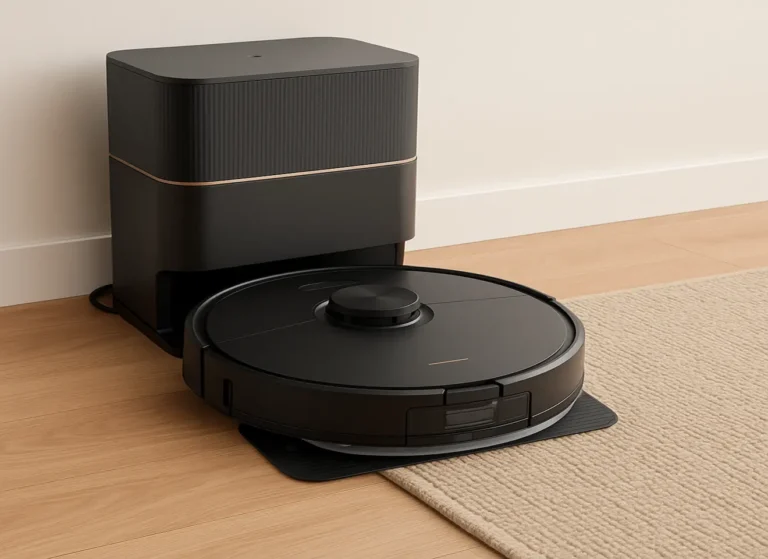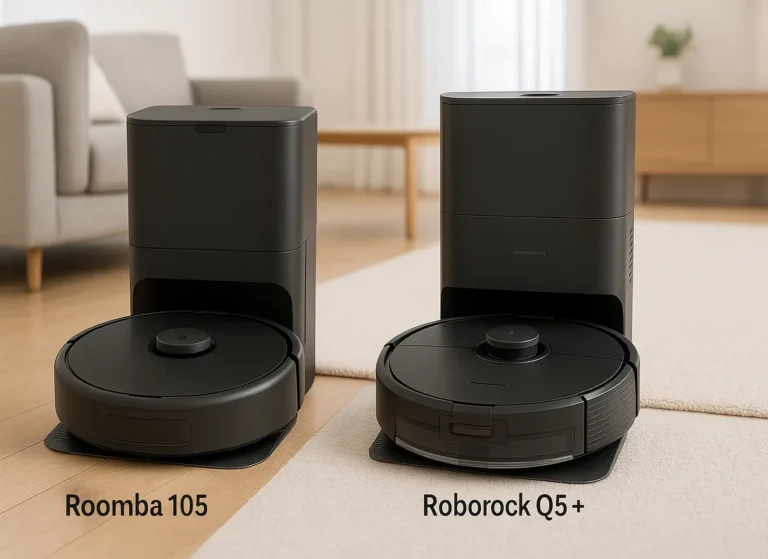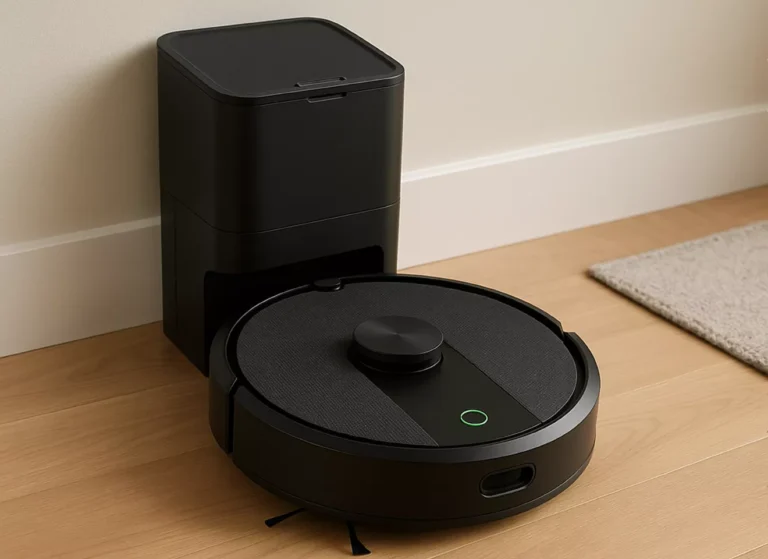Smart Home for Non-Techies: 7 Surprisingly Easy Reasons to Get Started
By Alex Rivera
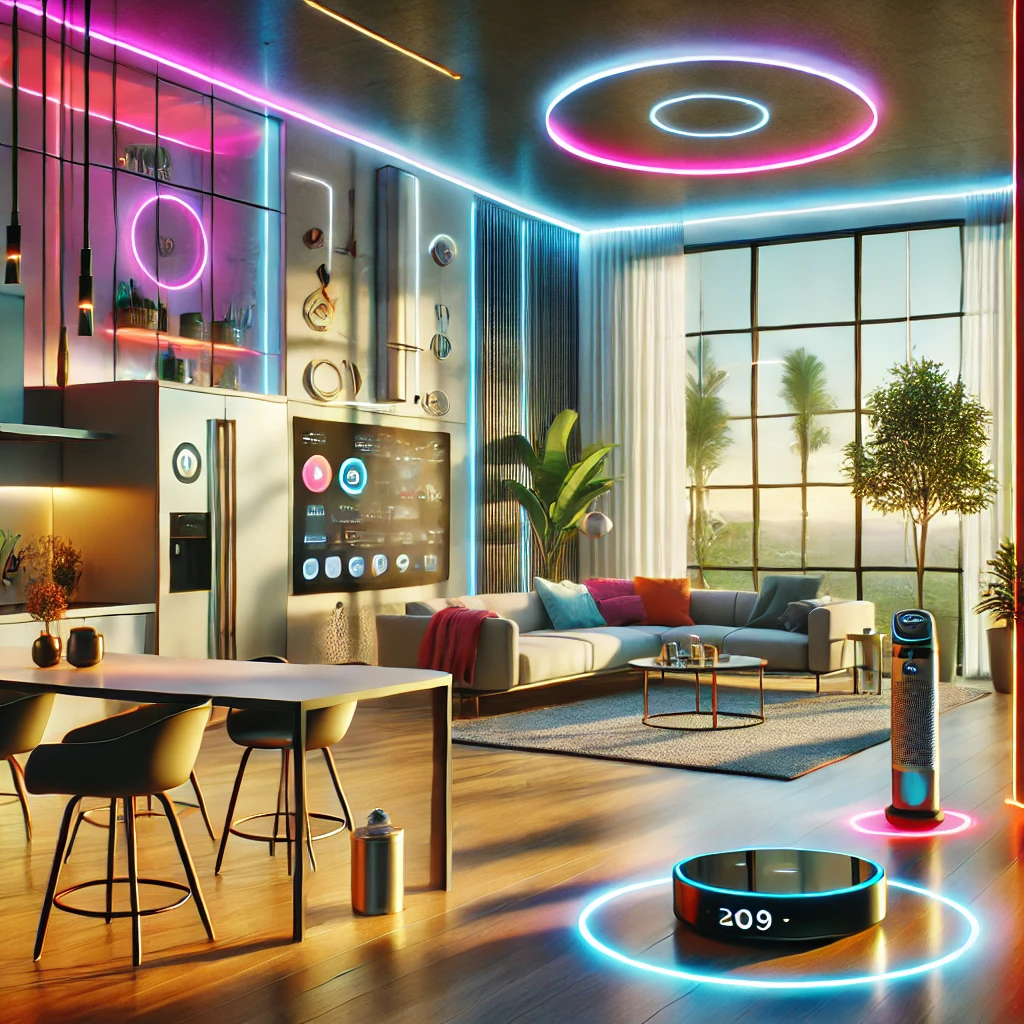
Smart homes can sound like something out of The Jetsons, but guess what? You don’t need a degree in code or to speak robot to make your home actually smart. Here are seven reasons why setting up a “smart home for non‑techies” is more doable—and even more fun—than you imagine.
- It starts with your phone—no geek speak required
Think of your smartphone as the remote control for your new smart home. Tap an app, press a button, and voilà—you’ve turned off the lights from your couch. According to TechTarget, a smart home uses internet-connected devices for remote control of lighting, heating, and more Homes and Gardens+15TechTarget+15YouTube+15. No need to learn techy terms—just tap and go.
- Plug and play with smart plugs
Want to turn your old coffee maker into a smart coffee maker? Just add a smart plug! Wikipedia explains smart plugs let you switch appliances on or off via app, and they’re compatible with Alexa, Google, Wi‑Fi—you name it Wikipedia. It’s like giving your old gadgets a smart makeover—no PhD needed.
- Don’t drown in techno‑jargon
Worried about diving into Zigbee, Z-Wave, or Thread? Verizon’s beginner smart home guide walks you through Wi‑Fi and simple voice assistants like Alexa or Google Home Constellation+2Verizon+2iotforall.com+2. Essentially, most setups use your home Wi‑Fi—so if you can connect to Netflix, you’re all set.
- Start small—and keep it fun
You don’t need a mansion full of gadgets. Companies like Constellation recommend starting with lights, smart plugs, or a thermostat, then expanding as you like Constellation. It’s like having one margarita before committing to the whole pitcher—easy, casual, and no regrets.
- Save money and energy (while feeling fancy)
Smart thermostats and lights can help cut energy bills. Sites like Mister Sparky and The Recursive note how smart homes boost energy efficiency and convenience wausauhomes.com+5TheRecursive.com+5iotforall.com+5digitalvsn.com+15mistersparky.com+15TheRecursive.com+15. Bonus: You’ll feel like a tech-savvy environmental champion—without needing to know code.
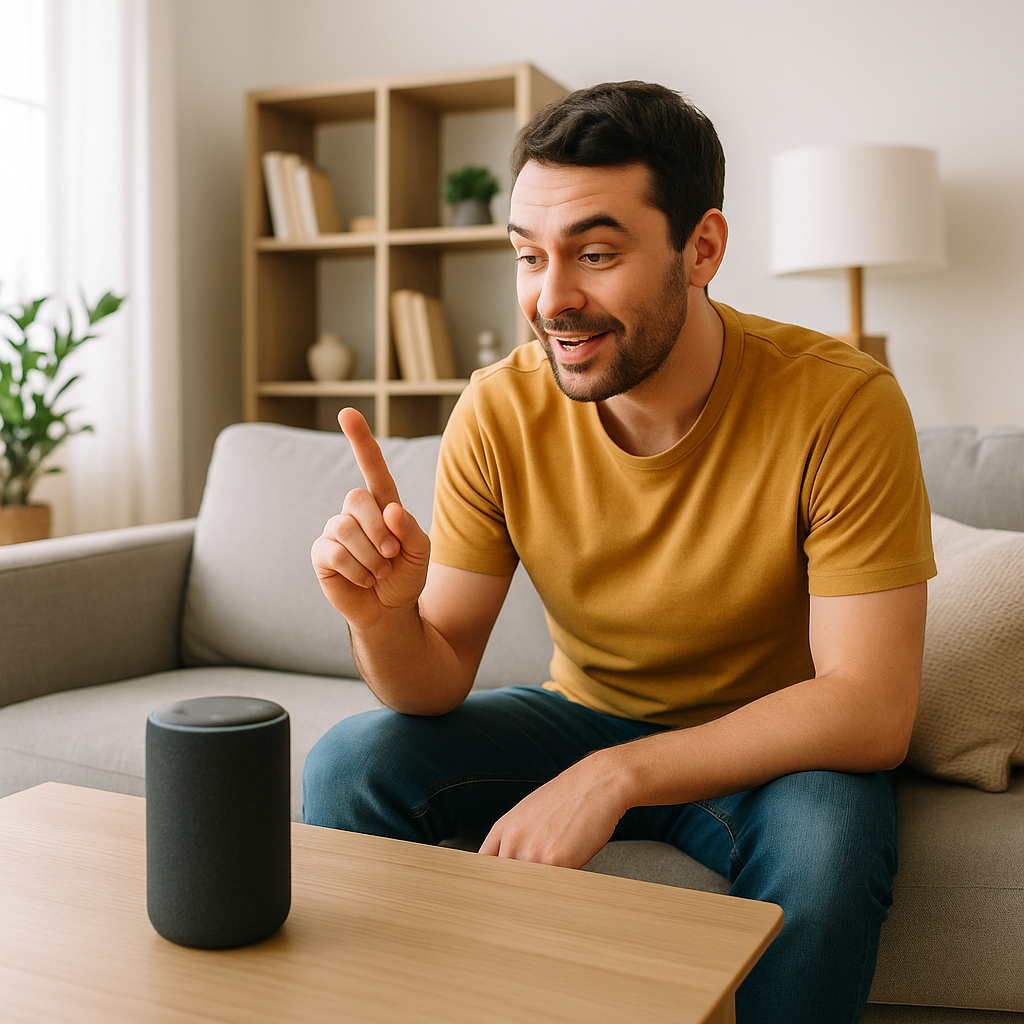
- Safety doesn’t have to be scary
Wired‑up homes might sound hacker-y, but reputable brands like Ring, Nest, and Eufy use secure platforms. Smart cameras, doorbells, and locks allow you to see who’s at your door—and lock it—right from your phone Homes and Gardens. It’s peace of mind you can buy at your weekly grocery bill—not rocket science.
- Your home can learn from you
Today’s smart tech doesn’t just do what you tell it—it learns what you like. Home systems like Ecobee thermostats and AI‑driven Roombas adapt to your routines without extra prompts Homes and Gardens. That’s right—your home can be intuitive, without you needing to be.
🛠️ Simple setup in 5 easy steps
- Check your Wi‑Fi – Make sure your signal covers your whole home and can handle multiple devices ConstellationVerizon.
- Pick a smart hub/speaker – Alexa, Google Home, or start simple with one smart plug.
- Choose your first device – Try a smart bulb or plug—fast and budget-friendly.
- Install via app – Open the device’s app, connect it to Wi‑Fi or hub, and name it (e.g., “Living Room Lamp”).
- Ask your devices to do stuff – Say “Hey Google, turn on the lamp,” or press buttons on your phone. Voilà.
😂 Common beginner hiccups
Situation | How it happens | Quick fix |
No Wi‑Fi in basement | Signal didn’t reach | Add a mesh extender or router |
Random neo-plug won’t work | It didn’t match your hub | Check compatibility or try device paired with same brand |
Alexa misunderstood “lights” as “laissez” | Voice assistant misheard | Keep your commands clear: “Turn on living room light.” |
❓ FAQs for smart home newbies
- Do I need a hub or a smart speaker?
If you only want a few devices, skip the hub. Your phone + smart plug = smart home magic. For many devices, a hub (like Echo or SmartThings) makes life easier YouTube+15Verizon+15community.home-assistant.io+15Wikipedia. - Will my lights still work if the internet goes down?
Basic lights won’t—but you can turn them on manually. Smart systems usually reconnect when the network is back. - Are smart devices safe from hackers?
Yes—brands like Ring, Nest, and Eufy use encrypted Wi‑Fi and frequent updates to keep things secure Homes and Gardens. - Will smart devices increase my energy bills?
Actually, they can lower energy bills by managing heating, cooling, and lighting more efficiently Homes and Gardens. - Can my home really learn my habits?
Yep! AI‑driven devices like Ecobee thermostats adapt to your routines without you needing to tell them Homes and Gardens. - Is it expensive to set up?
Nope! You can start with one light bulb or smart plug for under $20 and scale up slowly The SpruceWikipedia.
🏁 Your smart home adventure starts now
Going smart doesn’t mean becoming a tech genius overnight. It means making little upgrades—like a smart plug here or a learning thermostat there—that add convenience, energy savings, and a little fun. So take a deep breath, tap your first “Turn on” button, and enjoy telling your home what to do—no technical jargon required.
Explore More Smart Home Reviews
Ring Battery Doorbell 2024 Review: Discover how this affordable device brings smart security to your doorstep—without the complexity.
Google Nest Learning Thermostat (4th Gen) Review: See how the latest Nest learns your habits to save energy and boost comfort effortlessly.
Related posts:
- Smart Home Devices for Renters: No‑Drill Upgrades Smart Home Devices for Renters: No Drill Upgrades by EasySmartHomeGuide...
- Smart Home 101: Your First Step into Home Automation Smart Home 101: Your First Step into Home Automation by...
- 10 Cheap Smart Home Devices to Automate Your Home on a Budget The 10 Best Cheap Smart Home Devices (No Junk, Just...
- What is a Smart Home? A Beginner’s Guide to Living Smart What is a Smart Home? A Beginner’s Guide to Living...

